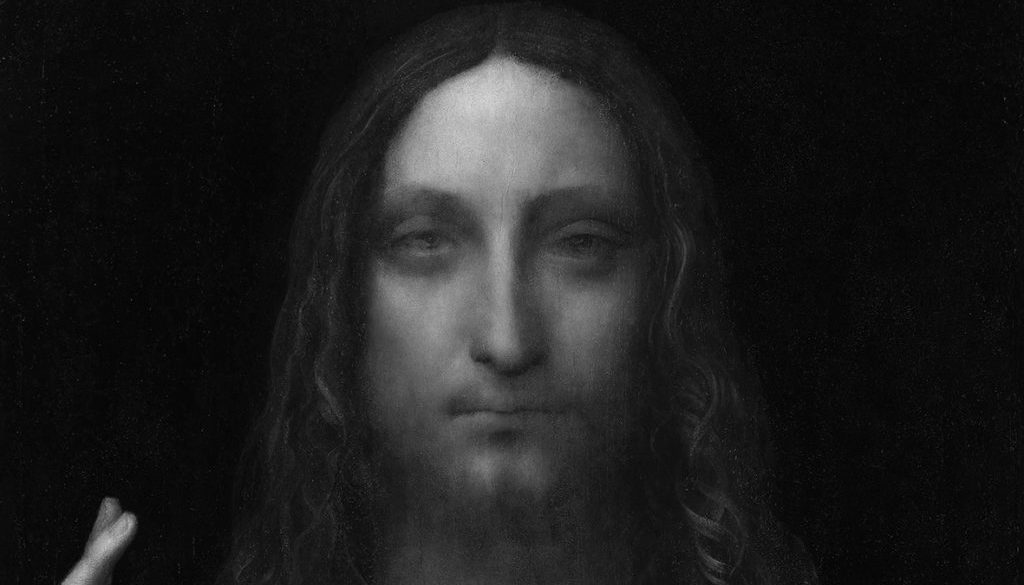Festivals and lectures

Another interval after much activity, mainly promotional, most notably the Cheltenham Literary festival and Wootton village hall (!). It’s interesting how all the lit fests, which proliferate every year, have very distinct characters. Cheltenham is one of the big ones, and has a tented village, like Hay, and its setting in the middle (literally) of a handsome Georgian town gives it an obvious affinity with Edinburgh. However it feels different. The talk was in the very large town hall – worryingly large when I was setting up the visuals. What if only 50 people came, rattling around in a a 500+-seater? In the event the hall was close to full, a great relief. Speaking on Leonardo helps. He pulls in the punters. I concentrated on the Mona Lisa, always news, and the Salvator Mundi, the “new” painting to be shown at the National Gallery in November. Both are in Christ to Coke. I suspect that had I been billed as speaking on the book, the audience would have been significantly smaller. Then on Friday eve in the wooden village hall at Wootton – something completely different, as they say. But not a standard village hall event. Andy Morgan the maestro of the hall has managed to drawn in an amazing cast of speakers and an audience to match. My PA, Judd, lives nearby and is a regular attender (say no more). Again on the ML and SM, developed from the Cheltenham talk, though it was in some ways less good. I’ve been working on giving such talks a more performative feel, compared to an standard academic lecture. The connection with the audience is more vivid.
I speculate about how characters of various entities and enterprises arise and persist. These characters often endure even when all the personnel involved have completely changed. Sports teams, with their very rapid turn-over of players, illustrate this very clearly. I reckon if I went to watch a game of league hockey in Scotland, where I played most of my competitive hockey, I could make a fair shot at identifying the teams even if they were not wearing their standard shirts. At very top level in football the characters of leading teams may now be more malleable, but there are still persistent traditions about how Manchester United play etc. The English Premier league, for all the huge influx of overseas players, still plays a recongisably “English brand” of football, based on a kind of impatient athleticism. Clearly much of the impetus from this comes from the crowd, who collectively transmit something to the players in a non-verbal way. Such cultures are at once hugely complex, dynamic and elusive while remaining remarkably stable and even monolithic. At a certain level the nature of the culture can best be intuited rather than described and analysed. The very best writers and commentators on sport “get” this and can convey it to us. The average ones just describe; the very good ones analyse; the great ones evoke.